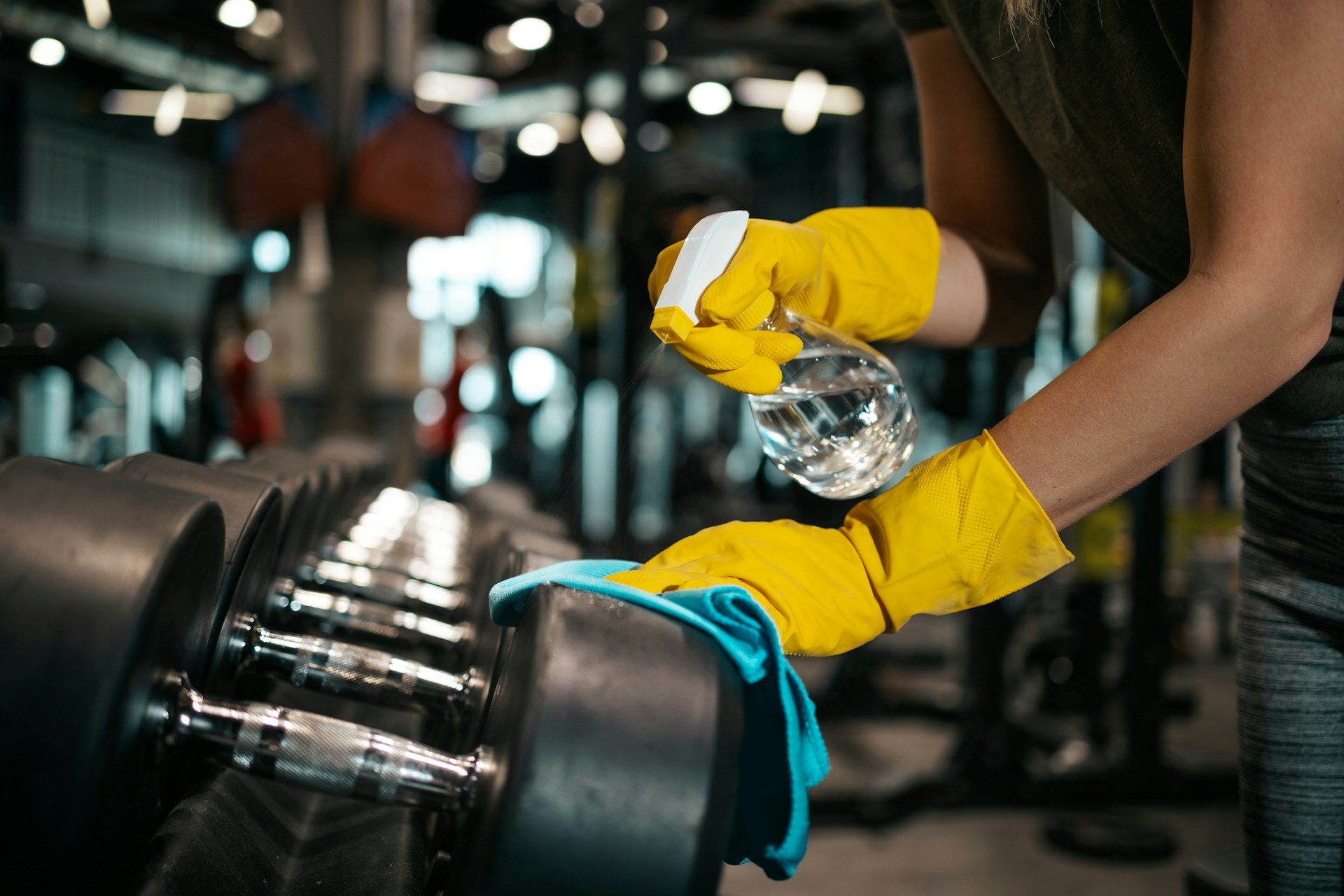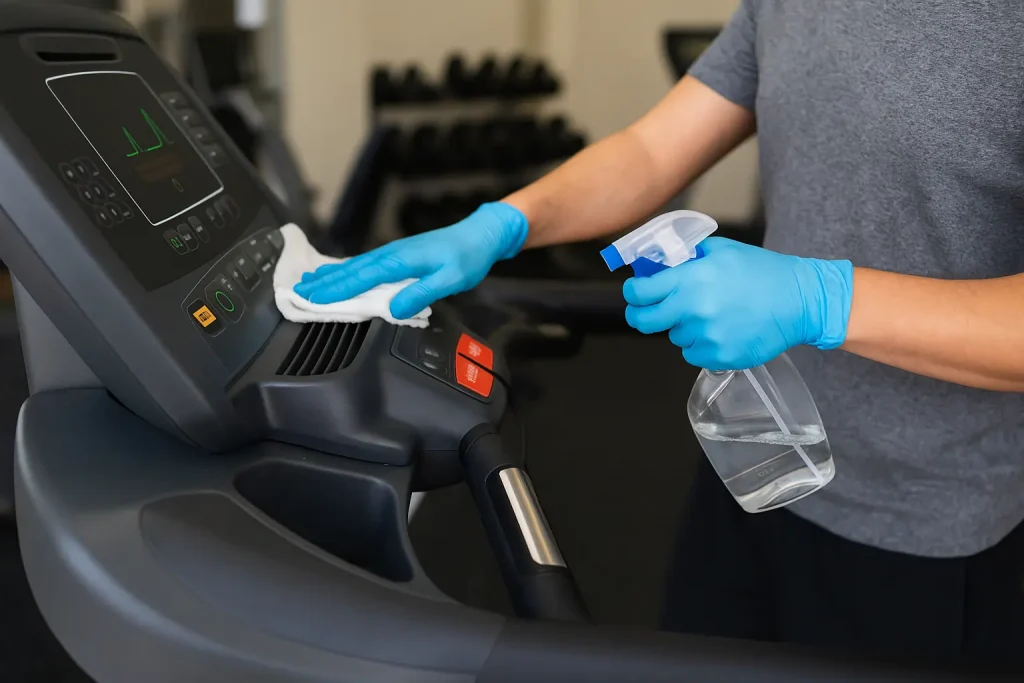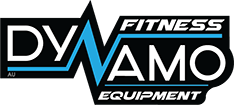
How to Clean and Maintain Home Gym Equipment Properly
Home gyms have grown at a record pace across Australia. With more individuals now preferring to work out in their personal spaces, the spotlight shifts to one critical yet often overlooked area—equipment upkeep.
Unfortunately, most home users overlook routine care until visible damage or performance decline occurs. However, the impact begins long before that point. Bacteria settle on benches, grime builds on high-touch points, and sweat quietly eats away at your equipment’s structure. Each of these signs points to one conclusion: regular home gym maintenance safeguards both your home gym equipment and your results.
At Dynamo Fitness, care does not stop at product delivery. The goal remains to help every customer build a long-term setup that performs well and lasts through years of use. That begins with a consistent maintenance routine that ensures your gear stays reliable, clean, and ready for your next session.
The True Cost of Skipping Home Gym Equipment Cleaning and Maintenance
Hygiene Risks
The surface of dumbbells may look clean, but underneath lies a thriving colony of bacteria. Studies reveal that shared gym weights can hold over 300 times more germs than public toilet seats. The same risk exists at home, especially when equipment never gets wiped after workouts.
Sweat, body oils, and dust together create a breeding ground for harmful microorganisms. Over time, that buildup can lead to skin infections such as ringworm, folliculitis, and even staph-related complications.
How Sweat Results in Equipment Wear and Tear
Salt from sweat slowly eats through metal frames and exposed steel parts. Sweat carries corrosive compounds that, when left unchecked, settle into barbell knurling, bolt joints, and crevices within machines. Without regular wiping and maintenance, even high-quality gym equipment begins to show signs of rust and surface damage.
Loss of Performance
Grime and dust affect how your equipment functions. Pulley systems lose smoothness when debris settles inside. Bench hinges start to wobble after dried sweat degrades joints. Machines with console displays may glitch or shut down due to internal buildup or unclean contact points.
When parts shift out of alignment or resist smooth movement, your form begins to suffer. That drop in stability can lead to missed reps or even injuries. Meanwhile, cardio machines with sticky belts or uneven tension can reduce calorie burn and training precision.
Read Also: Commercial Gym Cleaning Checklist
Home Gym Equipment Cleaning & Maintenance Checklist
Every type of home gym equipment needs a unique care routine, and regular cleaning improves hygiene and keeps your setup running smoothly for years. The table below outlines what to do after each session, every week, and each month.
| Equipment Type | After Each Use | Weekly Routine | Monthly Routine |
| Dumbbells & Barbells | Wipe with a clean, dry cloth | Apply a gentle disinfectant spray | Check ends and handles for rust |
| Yoga Mats & Bands | Use warm water with mild soap | Wash with diluted vinegar solution | Soak thoroughly, then air dry |
| Cardio Machines | Wipe down grips, screens, buttons | Vacuum the motor cover and frame | Lubricate tracks, check belt tension |
| Weight Benches & Pads | Wipe with a microfiber cloth | Disinfect all contact surfaces | Tighten all bolts, inspect upholstery |
| Cable Machines | Clean all hand grips and handles | Check pulley alignment and motion | Apply lubricant to joints, adjust cables |
How to Clean Each Type of Equipment (Step-by-Step Guide)
Now that you know the frequency, it’s time to focus on the how. Each piece of fitness equipment deserves specific care to prevent damage and improve performance.
How to Clean and Maintain Strength Training Equipment (Dumbbells, Barbells, Plates)
Strength gear picks up sweat, oils, and grime faster than most realize. Regular cleaning protects both the surface and the internal structure of barbells, dumbbells, and weight plates. Start by preparing a solution of warm water mixed with diluted vinegar or a non-corrosive disinfectant. Focus on wiping down the handles and weight surfaces, especially textured or knurled areas where buildup hides.
To avoid unnecessary wear, follow these essential steps:
- Use a soft microfiber cloth to apply your solution
- Wipe each piece thoroughly after use
- Avoid soaking or spraying directly onto metal parts
- Never use abrasive scrubbers or scouring pads
- Always dry the equipment with a clean towel right after cleaning
Drying matters as much as the cleaning itself. Lingering moisture leads to rust, particularly in hard-to-reach crevices. A consistent routine will keep your equipment safe, hygienic, and durable.
How to Clean and Maintain Cardio Machines (Treadmills, Rowers, Bikes)
Cardio machines include more electronic and mechanical components, so extra care ensures they stay responsive and reliable. Begin each cleaning session by powering off the machine and unplugging it. Use a mild cleaner or a water-diluted solution on a soft cloth to wipe key touchpoints.
Focus on these areas:
- Hand grips
- Resistance knobs
- Console buttons and screens
- Side rails and footplates
Vacuum around the machine base and clean under the belt or seat rails to remove dust and debris. For machines with moving belts or flywheels, apply lubrication according to the manufacturer’s instructions. This reduces resistance and noise while extending mechanical life.
How to Clean Yoga Mats, Resistance Bands, and Soft Gear
Soft gear requires both gentle care and consistency. These items absorb sweat and make direct contact with your skin, so regular sanitization prevents odor, bacteria buildup, and wear. After each session, wipe the surfaces using a natural, non-toxic cleaner. Keep a dedicated cloth or wipe on hand to streamline this step.
For weekly maintenance:
- Soak mats and bands in a tub with warm water and mild detergent
- Swish gently by hand without bending or stretching the material
- Rinse with clean water and hang in a shaded, airy space to dry
- Never use dryers or expose to direct sunlight, which weakens material fibers
To extend their life, store yoga mats and resistance bands flat or loosely rolled. This prevents fold marks and helps avoid mold in damp corners.
How to Clean Benches, Pads, and Upholstery
Benches take daily impact—sweat, pressure, and weight shifting all contribute to wear. To protect padding and keep surfaces clean, use alcohol-free disinfectant wipes after every workout. Focus on seat backs, headrests, and stitching lines where sweat pools or seeps through seams.
Add these steps to your monthly care routine:
- Apply a vinyl or leather-safe protectant to preserve softness and prevent cracking
- Wipe with a circular motion to condition the surface evenly
- Inspect for loose screws, fraying edges, or sunken padding
Upholstery care often gets skipped, yet it plays a key role in comfort and safety. Clean, intact padding reduces injury risk and gives your gym a polished, well-maintained look.
Preventive Maintenance to Extend the Life of Home Gym Equipment

Create a Cleaning Routine That Fits Your Workout Schedule
Consistency makes maintenance effortless. When cleaning becomes part of your routine, your gym always stays ready.
- After every workout: Wipe down handles, pads, grips, and mats with a soft cloth and approved solution
- Once a week: Schedule a 10–15 minute session to deep clean machines, vacuum underneath, and sanitize yoga mats or bands
- Every month: Inspect cables, belts, and bolts for signs of wear; lubricate moving parts if required
This rhythm prevents small issues from turning into bigger ones. A clean gym feels better, works better, and stays safer.
Use the Right Cleaning Products
Not all cleaners suit fitness equipment. Some damage surfaces, strip coatings, or leave behind residue that affects grip and performance.
- Choose approved cleaning solutions for safe and effective results
- Skip anything with bleach, ammonia, or harsh chemicals
- Use microfiber or non-scratch cloths for wiping—never abrasive brushes or pads
Using the right tools ensures the surface stays intact and the equipment lasts longer.
Store Equipment in the Right Environment
Your equipment performs best in a space that supports its structure and materials. Temperature, airflow, and surface protection all play a role.
- Keep your gym in a cool, dry place with proper ventilation
- Use storage racks for weights and accessories to keep pressure off flooring and corners
- Install protective gym flooring to reduce impact, limit vibration, and create a safer base (see our guide on choosing the right gym flooring)
When to Repair or Replace Home Gym Equipment
Even with strong maintenance, some parts wear out. Knowing when to replace saves time and helps prevent injuries.
When these signs appear, replace your home gym equipment
- Loose or unstable benches that shift during use
- Frayed cables, worn pulleys, or cracking grips
- Sticky treadmills or resistance bands with uneven tension
- Console errors or non-responsive digital buttons
For parts beyond cleaning or minor fixes, browse Dynamo Fitness’s replacement kits or upgrade options. A timely swap keeps your workouts smooth and safe.
Build a Safer, Smarter Home Gym
Clean gear boosts your performance, protects your health, and keeps your gym ready for every session. With daily wipe-downs, weekly care, and a monthly check-up, you create a consistent system that prevents wear and keeps equipment working better for longer.
By choosing the right cleaners, storing gear properly, and learning from expert guidance, you take control of your fitness space in a way that reflects care and commitment.
Explore our expert-recommended gym equipment, cleaning kits, and gym accessories at Dynamo Fitness. Your gym deserves it.
